The Yanomami people, an Indigenous group living in the dense rainforests of southern Venezuela and northern Brazil, are a unique and resilient community with a rich cultural heritage. Various names, such as Yanamamo, Yanomam, and Sanuma, often refer to them. The tribe is composed of four distinct subgroups, each with its own language. Despite these linguistic differences, the Yanomami share common cultural practices, including their distinctive communal living arrangements in structures known as shabonos.
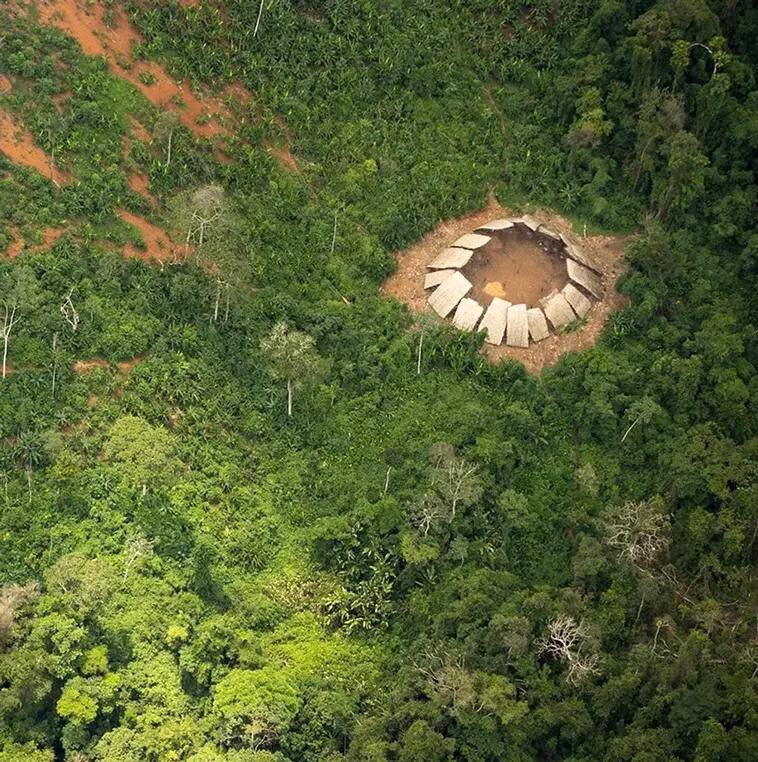
The Yanomami tribe, with a population ranging from 32,000 to 38,000 individuals, has a long history in the Amazon rainforest. The first recorded encounter with the Yanomami occurred in 1654 when a Spanish expedition led by Apolinar Diaz de la Fuente made contact with them while visiting the Ye’kuana people along the Padamo River. Despite such encounters, the Yanomami have largely preserved their traditional way of life, maintaining their deep connection to the rainforest and their communal social structure.

A central aspect of Yanomami culture is the shabono, a large circular communal house that serves as the focal point of their community life. These structures are designed to accommodate entire villages, with some shabonos capable of housing up to 400 people. The traditional shabono features a central open space with a diameter of 80 to 90 meters, surrounded by a peripheral covered area about 10 meters wide. This design reflects Yanomami’s emphasis on community and visibility, as the open central space allows all inhabitants to see and interact with one another, fostering a strong sense of unity and cooperation.
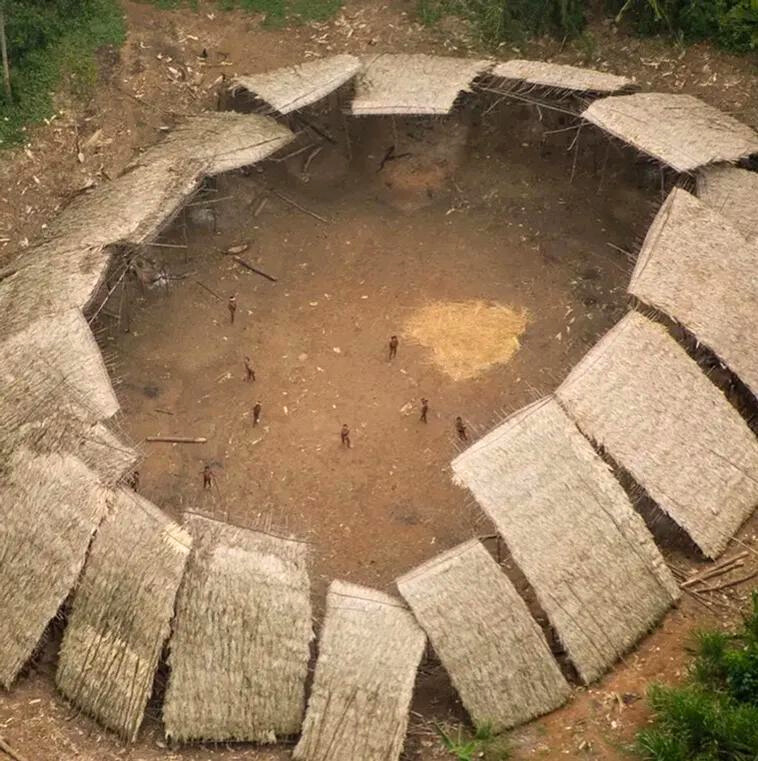
The central area of the shabono is used for various communal activities, including rituals, celebrations, and games. This space is the heart of the community, where important social interactions take place. The peripheral covered area, on the other hand, is where individual families establish their living spaces. Each family has its bonfire, which serves as the center of their daily activities. During the day, the fires are used for cooking, while at night, the families hang their hammocks nearby, providing warmth and safety as they sleep.
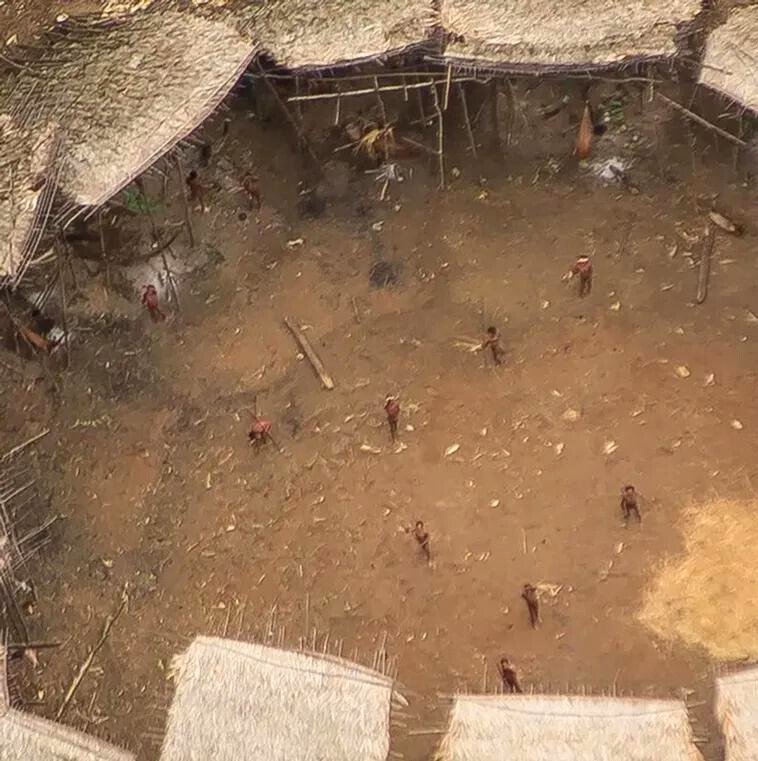
The shabono is not a permanent structure; it is a temporary dwelling that reflects the Yanomami’s close relationship with their environment. The tribe practices a semi-nomadic lifestyle, moving their settlements based on the availability of resources in their surroundings. Typically, the Yanomami will remain in one location for about five years. During that time, they relied on the forest for hunting, fishing, and gathering while cultivating gardens within a 10-kilometer radius of their village. When local resources become scarce, such as when the game is depleted, or gardens lose their fertility, the Yanomami either relocate or rebuild the shabono. The size and structure of the shabono are tailored to fit the community’s needs, ensuring it consistently meets the requirements of those who live there.
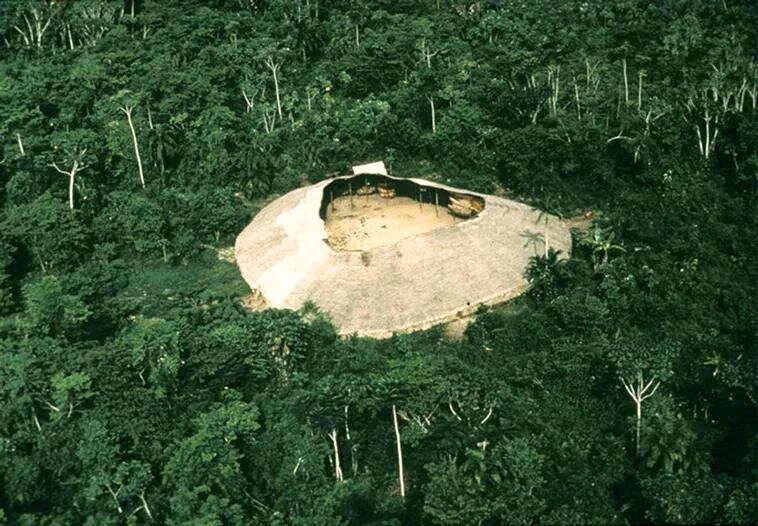
The Yanomami are a society that values equality and collective decision-making. Unlike many other societies, they do not recognize chiefs or hierarchical leadership. Instead, each community operates independently, with decisions made through consensus. This process often involves lengthy discussions where every adult has the opportunity to express their views. This approach guarantees that everyone’s interests are taken into account, fostering a strong sense of collective responsibility and unity.
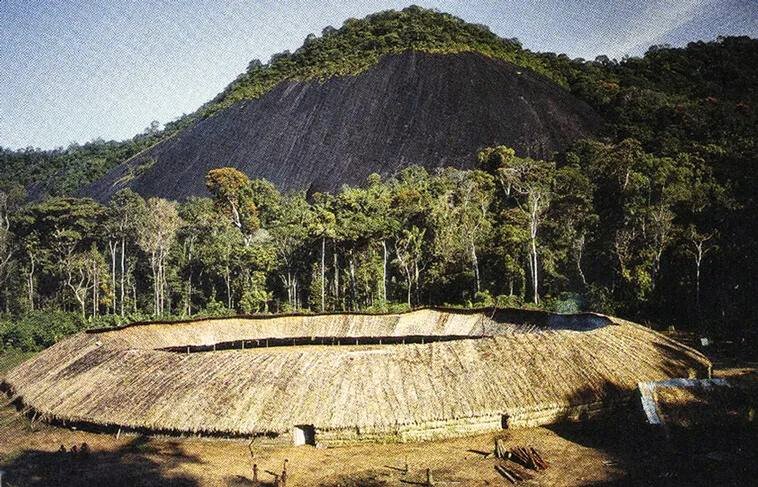
Gender roles within the Yanomami community are clearly defined, but both men and women contribute significantly to the group’s survival. Men are primarily responsible for hunting and targeting animals such as peccaries, tapirs, deer, and monkeys. They often use curare, a powerful plant-based poison, to aid in their hunts. Women, on the other hand, manage the gardens, cultivating around 60 different crops that makeup about 80% of the Yanomami diet. In addition to farming, women also gather nuts, shellfish, and insect larvae, further enhancing the community’s food supply.

The Yanomami’s way of life, centered around the shabono and their deep respect for nature, is a testament to their resilience and adaptability. Despite the pressures of the modern world, the Yanomami have successfully preserved their distinct culture and maintained a harmonious relationship with their environment. Their journey is a powerful testament to the importance of cultural preservation and the enduring resilience of Indigenous communities in the face of change.
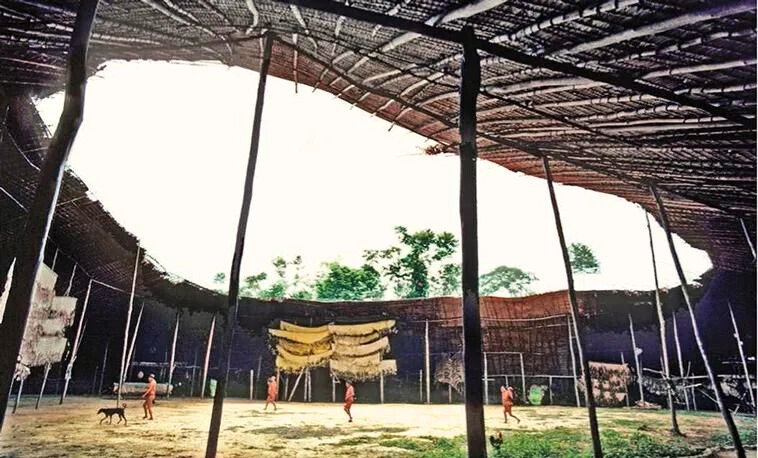
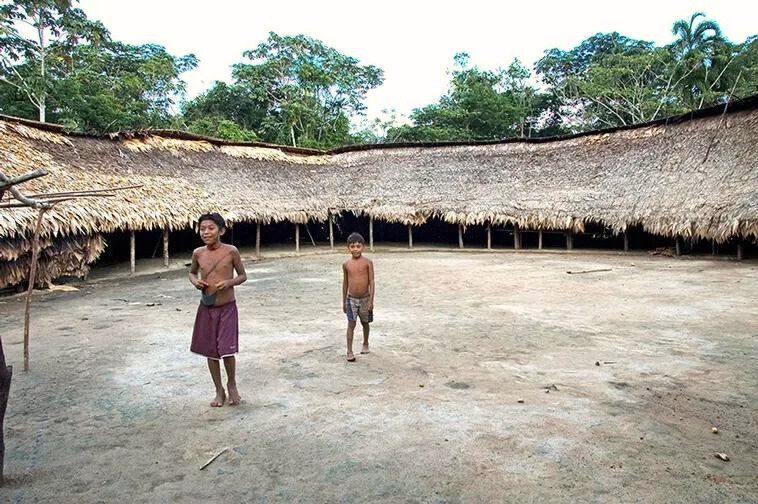

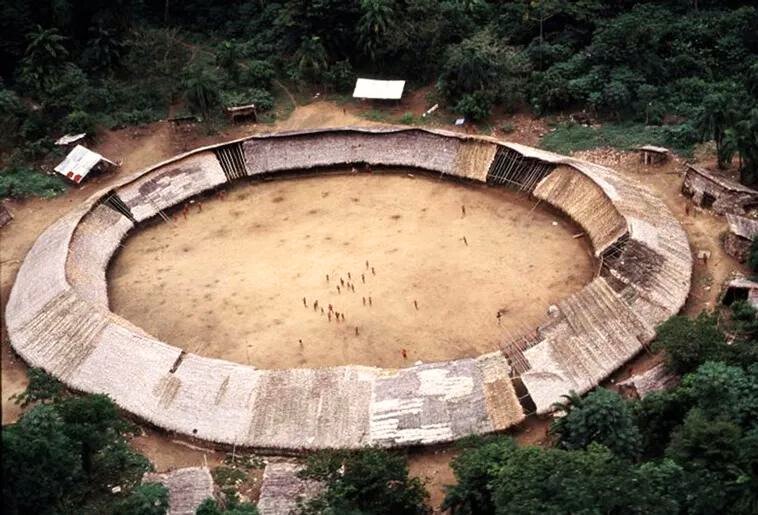
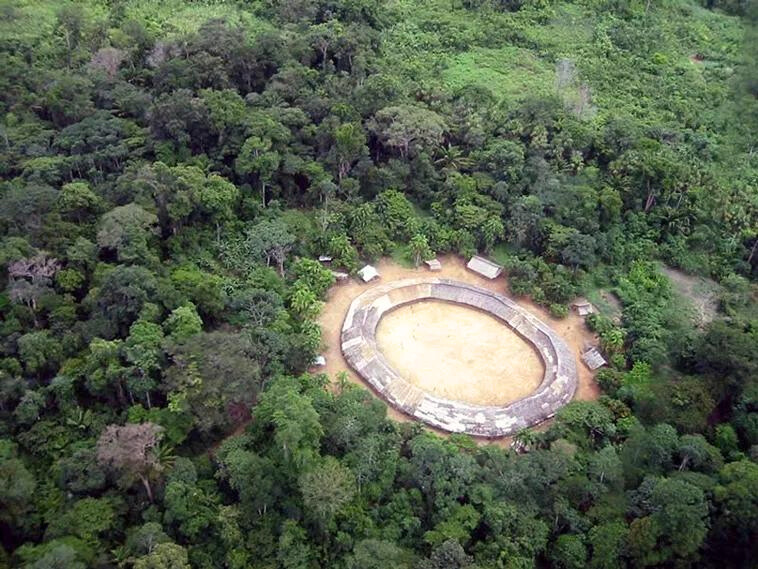
Also you can read an article about Scaligero Castle: The Enigmatic “Sinking Castle” of Lake Garda and more amazing articles in our website Bamboospanda.









